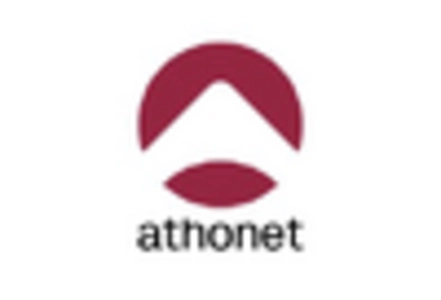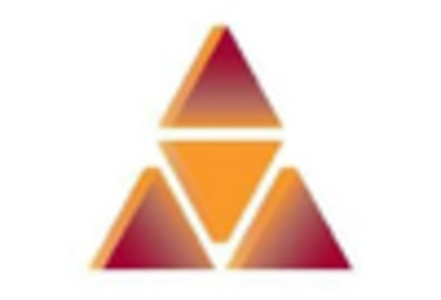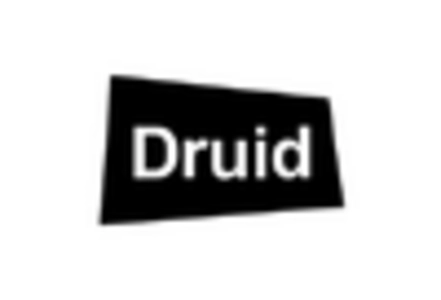Expansion of Smart Cities
The development of smart cities is significantly influencing the Global 5G Core Market Industry. Governments worldwide are investing in infrastructure that supports smart technologies, including intelligent transportation systems, smart grids, and enhanced public safety measures. The integration of 5G technology enables real-time data processing and communication, which is essential for the efficient functioning of these urban environments. As cities evolve, the demand for 5G core solutions is expected to rise, contributing to the market's expansion. This trend suggests a long-term growth potential for the Global 5G Core Market Industry as urbanization accelerates.
Market Growth Projections
The Global 5G Core Market Industry is poised for substantial growth, with projections indicating a market value of 194.4 USD Billion by 2035. This growth trajectory is underpinned by a compound annual growth rate (CAGR) of 57.1% from 2025 to 2035. The increasing adoption of 5G technology across various sectors, including healthcare, automotive, and entertainment, is expected to drive this expansion. As organizations recognize the transformative potential of 5G, investments in core network solutions are likely to accelerate, further solidifying the market's upward trajectory.
Emergence of Edge Computing
Edge computing is emerging as a pivotal factor in the Global 5G Core Market Industry. By processing data closer to the source, edge computing reduces latency and enhances the performance of applications reliant on real-time data. This technological advancement aligns seamlessly with the capabilities of 5G networks, which are designed to support high-speed and low-latency communications. As industries increasingly adopt edge computing solutions, the demand for 5G core infrastructure is likely to escalate. This synergy between edge computing and 5G technology suggests a promising outlook for the Global 5G Core Market Industry.
Adoption of Cloud-Native Technologies
The shift towards cloud-native technologies is reshaping the Global 5G Core Market Industry. Organizations are increasingly adopting cloud-based solutions to enhance flexibility, scalability, and cost-effectiveness. This transition facilitates the deployment of 5G core networks that can efficiently manage vast amounts of data and support diverse applications. The ability to leverage cloud infrastructure allows for rapid innovation and service delivery, which is crucial in a competitive landscape. As businesses recognize the advantages of cloud-native architectures, the demand for 5G core solutions is expected to rise, further propelling the market's growth.
Rising Demand for High-Speed Connectivity
The Global 5G Core Market Industry is experiencing a surge in demand for high-speed connectivity, driven by the increasing number of connected devices and the proliferation of IoT applications. As industries seek to enhance operational efficiency, the need for low-latency and high-bandwidth solutions becomes paramount. In 2024, the market is projected to reach 1.35 USD Billion, reflecting the growing reliance on advanced connectivity solutions. This trend is likely to continue as businesses and consumers alike prioritize seamless connectivity, indicating a robust growth trajectory for the Global 5G Core Market Industry.
Increased Investment in Telecommunications Infrastructure
Investment in telecommunications infrastructure is a critical driver of the Global 5G Core Market Industry. Governments and private sectors are channeling substantial resources into upgrading existing networks and deploying new 5G infrastructure. This investment is essential to meet the growing demand for high-speed internet and mobile services. As of 2024, the market is anticipated to be valued at 1.35 USD Billion, with projections indicating a remarkable growth to 194.4 USD Billion by 2035. This trajectory, characterized by a CAGR of 57.1% from 2025 to 2035, underscores the urgency of enhancing telecommunications capabilities globally.

















Leave a Comment